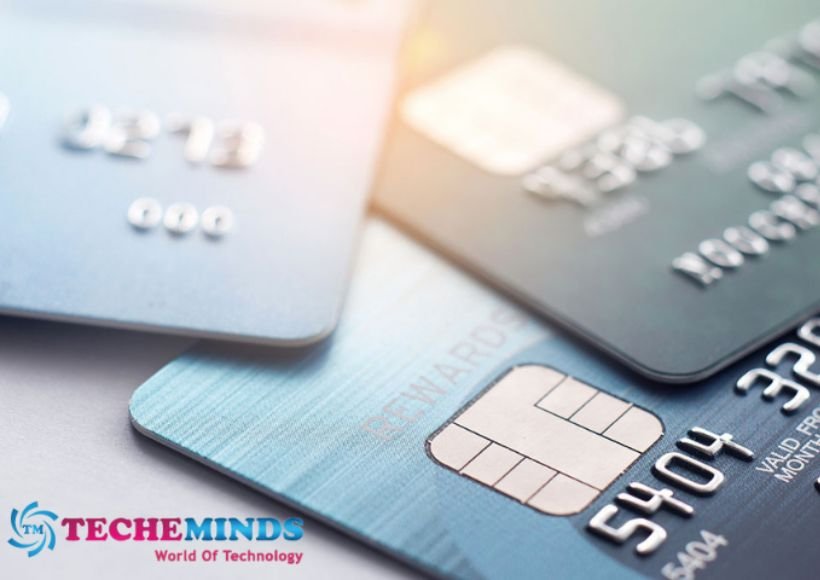Why Block A Bank Card And How To Solve The Issue?

Block A Bank Card: Bank cards can be blocked for various reasons, often not due to the client breaking the rules. Banks employ imperfect algorithms to monitor card activity, flagging ordinary transactions as potentially risky. Some common reasons for card blocks include suspected fraudulent activity, unusual spending patterns, incorrect PIN entries, or security breaches. To resolve this issue, it is advisable to contact the bank’s customer support immediately, verify your identity, and provide any necessary information to resolve the block and reactivate the card.
Table of Contents
Why Can They Block A Bank Card?
Banks can block customers’ cards and accounts without their consent if they suspect fraudulent activity. This is necessary to prevent customers from losing money to scams. The bank may also refuse non-cash payments if the recipient is on the list of potential fraudsters. Common reasons for card blocking include suspected fraudulent activity, unusual spending patterns, incorrect PIN entries, security breaches, or if the customer has reported the card as lost or stolen. In such cases, it is recommended to contact the bank immediately to resolve the issue.
Suspicious Transactions – Bank card
Suspicious transactions are those that appear illogical or economically disadvantageous to the client. Banks usually contact clients immediately to confirm such transactions and may ask them to visit the nearest branch to provide additional details. This is a common security measure to prevent fraud and protect the client’s funds.
Operations In A Cyber Hazardous Area
If you are traveling to a country where your bank considers cyber fraud to be prevalent, your card may be instantly blocked after attempting a financial transaction. To avoid this, checking with your bank before traveling abroad is recommended to determine if any such restrictions exist. There is no specific list of cyber hazard zones, which may vary from bank to bank. The likelihood of card blocks due to cyber fraud is almost non-existent in the United States and the European Union.
Wrong PIN Entry – Bank card
If you enter the wrong PIN thrice within 24 hours, your debit card or credit card will be blocked to prevent fraudsters from accessing it. If you forget your PIN, it is advisable to restore it instead of repeatedly attempting to remember it and potentially getting blocked.
Suspicious Regular Cash Withdrawals
To ensure customer safety, banks may limit the amount that can be withdrawn from an ATM. If attempts to withdraw large amounts persist, the card may be blocked, particularly if the transactions are conducted at non-affiliated ATMs. This is done to prevent fraudulent activity and protect the customer’s funds.
Serial Purchases In The Online Store
A series of purchases made quickly on an online store can trigger bank algorithms and lead to card blocking. This is done as a security measure to prevent fraudulent activity. Typically, the blocking is temporary and lasts for up to 30 minutes. In such cases, there is no need to contact the bank, as the card will automatically be unblocked after the designated time.
How to unblock a bank card?
The process of unblocking a bank card depends on the reason why it was blocked. If the card was blocked at the customer’s request due to theft or loss, the only solution is to reissue the card. This is because fraudsters may be able to create duplicate card that would allow them to withdraw money from ATMs. If the card is blocked due to expiration, it must be reissued by contacting the nearest bank branch.
In cases where the card was blocked due to entering the wrong PIN code three times, the card will be automatically unblocked after 24 hours. However, some banks may invite the customer to the branch to ensure that fraudsters have not taken over the card.
If the card is blocked due to non-payment of service fees or loan debt, the only way to unblock it is to repay the debts. However, even after repayment, there is no guarantee that the card will be unblocked, as the bank reserves the right to categorize the customer as an unreliable client and refuse their service. The customer can go to court if they disagree with the bank’s decision.
In summary, the process of unblocking a bank card varies depending on the reason for the block. If the block is temporary, waiting for the designated time is sufficient. However, the only solution for blocks due to theft, loss, or expiration is to reissue the card. Finally, repayment is necessary for blocks related to unpaid debts, but there is no guarantee of card unblocking.
Conclusion
It’s important to note that there may be other reasons for blocking a card not covered in the standard reasons listed by banks. In such cases, contacting your bank’s support service for guidance on resolving the issue is best. The support team will be able to investigate the reason for the block and advise on the next steps to take. It’s always better to be proactive and contact the bank to resolve any issues with your card as soon as possible.
Also Read : How To Make Your Business More Visible To Customers
